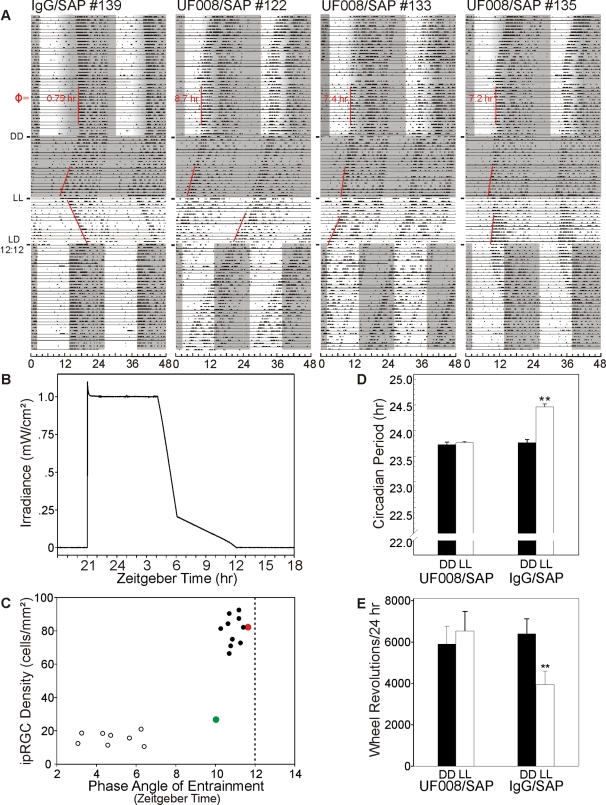Figure 7. Depletion of ipRGCs greatly alters entrainment, period lengthening in LL and masking by LL.
Running records of a control and 3 UF008/SAP-treated mice showing phase angle of entrainment adopted in response to the gradual offset photoperiod, period during DD, during LL and re-entrainment (animals #139, 135) or failure to re-entrain (animals #122, 133) to LD12∶12 (grayed area indicates darkness). The phase angle of entrainment (Φ) during the gradual offset photoperiod is indicated for each individual (ZT12 = light completely off). B) Daily irradiance pattern recorded with a Gigahertz-Optik P-9710-2 universal optometer measured at cage level during the gradual offset light-dark paradigm. C) Relationship between remaining ipRGC density and the stable phase angle of entrainment of adopted by UF008/SAP injected mice and controls during the gradual offset photoperiod. Note the cluster of controls and the outlier animal (green-filled circle), which was injected with the saporin conjugate, but has not lost its ipRGCs. A second outlier animal (red-filled circle) had a normal phase angle of entrainment despite greatly reduced ipRGC density. D) There was no difference in period in circadian period during DD between UF008/SAP and IgG/SAP injected mice, but in LL, IgG/SAP injected mice significantly lengthened their periods (p<0.001; paired t test), becoming significantly different from UF008/SAP injected animals (p<.001, unpaired t test) which did not show any period lengthening in response to LL. E) LL induced masking was absent in UF008/SAP injected mice. Revolutions per day for the last 5 days in DD were compared to those during the initial 5 days of LL. For UF008/SAP mice, revolutions during DD and LL did not differ; for controls, revolutions/24 hr dropped by about 40% (p<.001; paired t tests).

